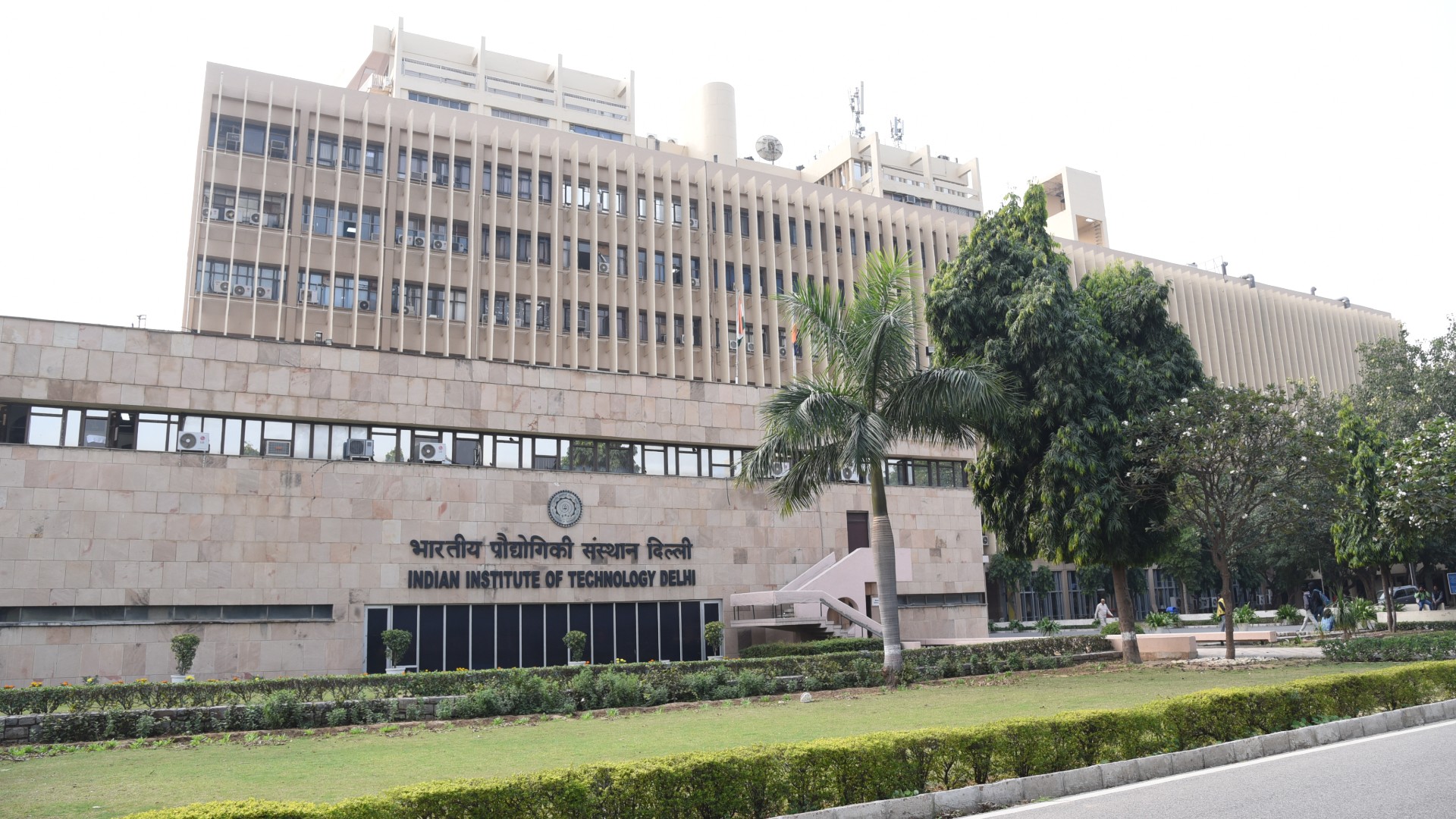Intro and Eligibility / Age / Reservation
Indian Institutes of Technology (IITs) are institutions of national importance established through an Act of Parliament for fostering excellence in education.
Join Our Mission to
Improve The Future For All

Number of Seats
Seats offered by All 25 IIT’s are approximately 10,572 . By all 31 NIT’s 18,013. By IIIT’s 2526. By other
Govt. Funded Technical Institute 3784.

INTRODUCTION
Indian Institutes of Technology (IITs) are institutions of national importance established through an Act of Parliament for fostering excellence in education. There are 25 IITs at present, located at Bhubaneswar, Palakkad, Tirupati, Chennai, Delhi, Gandhinagar, Dharwad, Goa, Guwahati, Hyderabad, Indore, Jodhpur, Jammu, Kanpur, Kharagpur, Mandi, Mumbai, Patna, Ropar, Bhilai,Roorkee and BHU-Varanasi. Over the years IITs have created world class educational platform that is dynamically sustained through quality teaching and internationally acclaimed research with excellent infrastructure and the best available minds. The faculty and alumni of IITs continue to make huge impact in all sectors of the society both in India and abroad. Indian School of Mines (ISM), Dhanbad, is one of the oldest institutions in India and is known for its immense contributions towards society at large and for science and technology in particular.
Primary objectives of these institutions are to:
-create environment for freedom of thought, cultivate vision, encourage growth, develop personality and self-discipline for pursuit of excellence kindle entrepreneurial streak in the students. These Institutes admit students with these objectives and prepare them to become outstanding professionals and contribute to nation building.
Today, alumni of these institutions occupy key positions in industry and academia, in India and abroad. Each institute has well-equipped modern laboratories, state-of-the-art computer network and well-stocked technical library. Teaching methods rely on direct personal contact between the teachers and the students, and the use of traditional and modern instructional techniques. Students live in a pleasant and intellectually stimulating environment with people having similar goals and aspirations, which is an exciting and unique experience.
The Joint Entrance Examination (Advanced) is conducted by seven zonal IITs (under the directives of the Joint Admission Board) for admission to the undergraduate programmes in all IITs and ISM Dhanbad. Only the top 2,20,000 candidates (including all categories) based on their scores in Paper-1 of JEE (Main) will be eligible to appear in JEE (Advanced).
ORDER |
CATEGORY |
Number of “Top†candidates | |
1 | OPEN | 107,767 |
1,11,100 |
2 | OPEN-PWD | 3,333 | |
3 | OBC-NCL | 57,618 |
59,400 |
4 | OBC-NCL-PWD | 1,782 | |
5 | SC | 32,010 |
33,000 |
6 | SC-PWD | 990 | |
7 | ST | 16,005 | 16,500 |
8 | ST-PWD | 495 | |
Eligibility Criteria
The candidates belonging to the General category must secure a minimum of 75% marks in aggregate in the qualifying examination of the XII th standard organized by various educational boards of India. Candidates belonging to SC/ST/PD categories must secure a minimum of 65% in aggregate in the Qualifying Examination OR should be in top 20%ile in their respective board Exams.
Percentile calculation of Qualifying Exams
The Percentile of a Candidate will be calculated as
Number of candidates in the 'group' with aggregate marks less than the candidate X 100
Total number of the candidates in the 'group’
Example: Suppose in a particular Board:
No. of Candidates Registered =13918 and No. of Candidates Appeared = 13711
A Candidate who has scored 50% marks in the Board and 2218 candidates have scored below him; his Percentile score will be calculated as follows
Percentile score for 50% marks in the Board = 2218 x 100 =16.18
13711
Regarding the cut-off marks for the top 20 percentile
The category-wise cut-off marks for the top 20 percentile are calculated based on the marks scored by all the “successful” candidates in their respective boards in the particular year.The cut-off marks for PwD candidates will be the same as the lowest of the cutoff marks for GEN, OBC-NCL, SC and ST categories.It is reiterated that top 20 percentile cut-off for any academic year will be considered for the candidates who pass the Class XII (or equivalent) examination in the same year.If a candidate passes Class XII in one year before but writes one or a few subjects in this year for improvement or any other reason, then top 20 percentile cut-off for the previous year will be considered. However, if a candidate writes all the subjects in this year, the best of the two performances will be considered.In case a Board does not provide information about the cut-off for the top 20 percentile, the candidate will have to produce a certificate from the respective Board stating that he/she falls within the top 20 percentile of successful candidates. If the candidate fails to do so, then the cut-off marks for the CBSE will be used
Age Criteria & No. of Attempts
The age limit for appearing in IIT-JEE is 25 years. For candidates belonging to SC,ST and PD categories, the relaxed age limit is 30 years. Also, starting 2007, a candidate can take the IIT-Main three times & IIT-Advance two times at the most. This has been done mainly to reduce stress on students. From 2007 onwards, students who are selected for admission to an IIT cannot attempt the examination again in the future.
RESERVATION OF SEATS in every courses
Other Backward Classes belonging to the Non-Creamy Layer (OBC-NCL) – 27%, Scheduled Caste (SC) – 15%, Scheduled Tribe (ST) – 7.5%, Persons with Disability (PwD) – 3%, Defence Service (DS) candidates- 2 seats
Who we Are
SUCCESSFUL STUDENTS: OUR RESULTS

Raj Bardhan
Auditor/Accountant Roll No. 2201057261 also for Assist. Commandant,(Central Armed Police Force)

Kr.Sunny Raja
NDA

Bhavesh Kothyari
Tax. Assistant Roll No. 2201033237 also in IBPS-RRB-2012

Ravi Kumar
IBPS

Neha Singh
Delhi Police

Nutan
IBPS

Vishal
NDA

Anita Yadav
Delhi Police
